Blind and visually impaired people rely on audible pedestrian pushbuttons to know when to safely cross the street. How accessible are they?
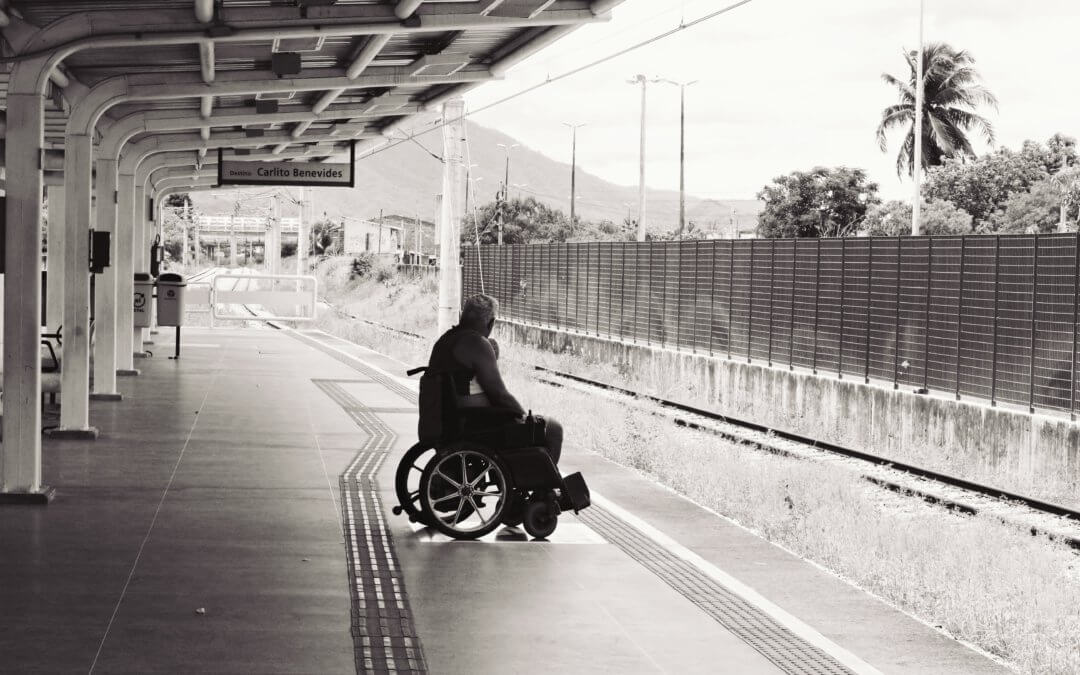
Obstacles in Public Transport: What Solutions for Physical Disability?
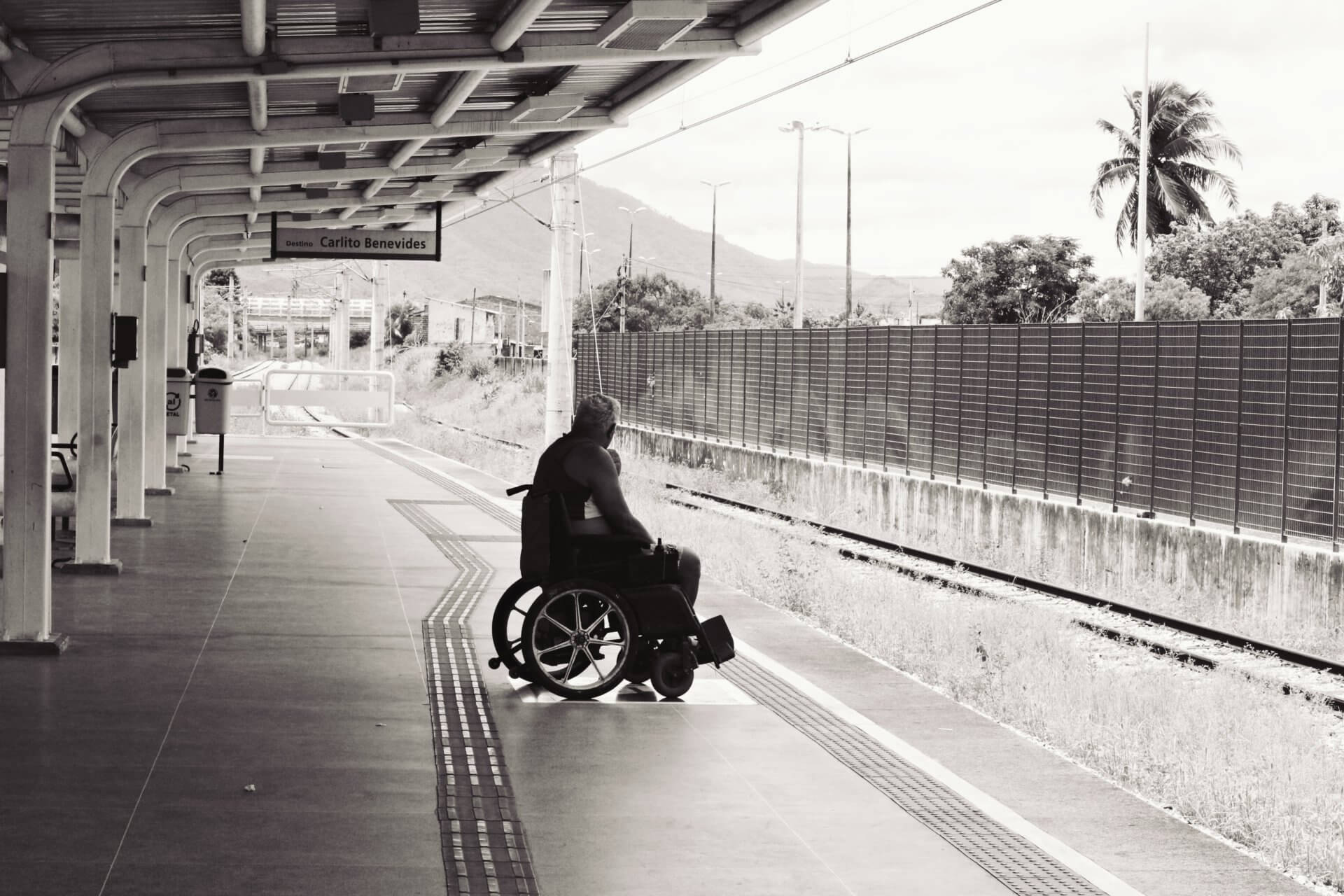
Obstacles in Public Transport: What Solutions for People with Physical Disabilities?
Wheelchair, crutches, bad balance, but also heavy luggage, strollers, young children… 30 to 40% of public transport users are in a situation of reduced mobility and 6.6% of the U.S. population is living with an ambulatory disability. The removal of physical barriers is a prerequisite for their access to the transportation network, but also a huge challenge for transport network operators, especially when the infrastructure is old.
Let’s have a look at existing solutions and services. Get inspired by the transport networks that get it right!
What are the physical obstacles encountered in public transport?
Imagine yourself in front of a 15-inch step using a wheelchair, lengthening your trip by half an hour because of a broken down elevator, passing the safety gates with a large and heavy suitcase, going down 3 floors with your stroller and your baby in your arms, etc.
Reducing physical barriers in public transport is a real need for people with reduced mobility and physical disability.
Here are some examples of physical barriers that can be found in public transportation:
⊗ Unsuitable steps,
⊗ Significant differences in height between floors,
⊗ Long distances,
⊗ Slippery floors,
⊗ Excessive space between the platform and the vehicle,
⊗ Access heights too important.
These difficulties mainly concern people with ambulatory disabilities but can be extended to all people with reduced mobility.
What are the solutions to reduce obstacles in public transport for people with a physical disability?
Planning ahead: tips and tricks to travel serenely
To save time and avoid unpleasant surprises (elevator down, stairs at the entrance…), planning ahead is a key step.
Many websites and mobile applications, often unknown to users, allow to locate accessible places and to be informed in real time of the level of accessibility of infrastructures. Among the best known are: wheelmap and access earth.
In addition, most cities like Chicago, Toronto and London provide users with a journey planner taking into account the network’s accessibility.
Facilities adapted for people with reduced mobility
In the United States for exemple, the Americans with Disabilities Act of 1990 (ADA) is the landmark civil rights law that deals with the rights of persons with disabilities. Title II of the ADA “prohibits discrimination based on disability in public transport such as city buses and public railways”. The regulation imposes certain standards on transport networks, such as the requirement to provide disability access in new vehicles and paratransit services to those who cannot use public transportation.
In fact, what you need to focus on is ensuring a seamless mobility chain for users with a physical disability at your public transport.
Some transport network operators go beyond legal obligations and address custom-made arrangements to people with motor disabilities.
Here is a non-exhaustive list of the different accessibility solutions dedicated to people with reduced mobility all over the world:
⊗ In Lyon, France, all metro stations are equipped with lifts and dedicated gates,
⊗ The subway of New York City is equipped with AutoGate: an automatic entry/exit gate,
⊗ In Montreal, all metros and buses are accessible for wheelchair users (elevators, front-door access ramps…)
⊗ In Barcelona, a stop request button and a request button of the ramp has been set up in the buses to simplify the wheelchair exit,
⊗ Several metro lines in the world have a retractable threshold in order to fill the space between the platform and the vehicule,
⊗ Throughout Spain, a dedicated spot in buses is equipped with a belt and a grab bar that secures people in wheelchairs,
⊗ Many European buses have a validation terminal located in front of the access ramp preventing wheelchair users from having to move to the back of the bus,
⊗ The city of Toulouse in France has implemented a lowered card transport validation in buses.
We can also mention the indoor navigation app Evelity. It meets the needs of all users with disabilities. The app is currently deployed at the Jay Street-MetroTech station in New York City subway. Every user can set up the app according to their profile and consequently, their capabilities. The app provides optimized routes with elevators or escalators to people with reduced mobility.
Services adapted for people with reduced mobility
Reducing barriers in public transport also means providing services to people with motor disabilities.
Alternative modes of transport at the public transport rate is often offered in the event of a hazard and to those who cannot use public transport. In some cities, a free accompaniment service by qualified members of staff is offered. Other cities have also developed an ambulatory ambassador service. Disabled users advise and accompany those in need to better understand their difficulties and overcome them. Uber and Lyft both provide handicap-accessible transportation. Depending on the area, you may need to plan and pay more than a traditional ride. However, those private rideshare services can fill occasional needs.
If leaving the house is often an expedition for people with a physical disability, this is not inevitable. As an accessibility actor of your public transport network, you have the power to improve the situation of at least 30% of your users. Lifts, access ramps, adapted furniture, real-time information on network accessibility, paperless ticketing, assistance services…, many solutions have proved successfully. Before setting up one or the other, we recommend that you look for feedback and organize a consultation with users of your network with disabilities to identify their difficulties, because what works well somewhere may need to be adapted elsewhere.
If you like this article you will also like this one: Making Public Transport Information Accessible to Disabled People
Updated on December 27th, 2021 / Published on June 14th 2019
media

Of the nearly 2 million people with disabilities who never leave their homes, 560,000 never leave home because of transportation difficulties.
writer

Zoe Gervais
Content Manager
stay updated
Get the latest news about accessibility and the Smart City.
other articles for you
![[INFOGRAPHIC] Smartphone Use and Activities by People with Disabilities](https://www.inclusivecitymaker.com/wp-content/uploads/2020/02/smartphone_use_blind_people-min-1080x675.jpg)
[INFOGRAPHIC] Smartphone Use and Activities by People with Disabilities
It is often mistakenly believed that people with disabilities cannot use a smartphone. However, whether they have sensory, cognitive or motor disabilities, they do have access to mobile technology, but with some variation for specific activities. Take a look for yourself!

How Accessible Pedestrian Signals Can Help Chicago Be the ‘Most Inclusive City in the Nation’?
Chicago is the third most populated city in the United States ranking after New York and Los Angeles. To facilitate the movement of vehicles, pedestrians and cyclists and thus prevent the city from plunging into chaos, 3,000 signalized traffic intersections have been set up throughout the city.

Olympic Games Tokyo 2020: Accessibility Equipment Update
On the occasion of the Summer Olympic Games in 2020, the Japanese capital is playing host to nearly 500,000 tourists and 4,400 Paralympic athletes from August 24 to September 9, 2020. The city has already experienced the excitement related to such an event in 1964 but this time the challenge for Tokyo will be to welcome thousands of people who will flock from all over the world to attend this unique event.

5 Must-Have Apps for Deaf and Hard of Hearing People
Technological breakthroughs can do miracles. For the 466 million people worldwide having disabling hearing loss (WHO), smartphones have become an essential tool to facilitate social interaction due to speech perception.
share our article!
more articles

Artificial Intelligence and Accessibility: Examples of a Technology that Serves People with Disabilities
Artificial Intelligence and Accessibility: Examples of a Technology that Serves People with DisabilitiesBeaucoup d'entre nous pensent que l'intelligence artificielle est une notion abstraite et futuriste que l'on ne voit que dans les films de science-fiction, avec ses...

Obstacles in Public Transport: What Solutions for Physical Disability?
Obstacles in Public Transport: What Solutions for People with Physical Disabilities? Wheelchair, crutches, bad balance, but also heavy luggage, strollers, young children... 30 to 40% of public transport users are in a situation of reduced mobility and 6.6% of...

How Does the City of Toronto By-law Secure Pedestrian Crossings For Blind People?
How Does the City of Toronto By-law Secure Pedestrian Crossings For Blind People? A previous article has rounded up the difficulties faced by blind and visually impaired Torontonian when crossing the street as well as the existing solutions to tackle them. This...
No Results Found
The page you requested could not be found. Try refining your search, or use the navigation above to locate the post.
NEVER miss the latest news about the Smart City.
Sign up now for our newsletter.
Unsubscribe in one click. The information collected is confidential and kept safe.
powered by okeenea
The French leading company
on the accessibility market.
For more than 25 years, we have been developing architectural access solutions for buildings and streets. Everyday, we rethink today’s cities to transform them in smart cities accessible to everyone.
By creating solutions ever more tailored to the needs of people with disabilities, we push the limits, constantly improve the urban life and make the cities more enjoyable for the growing majority.


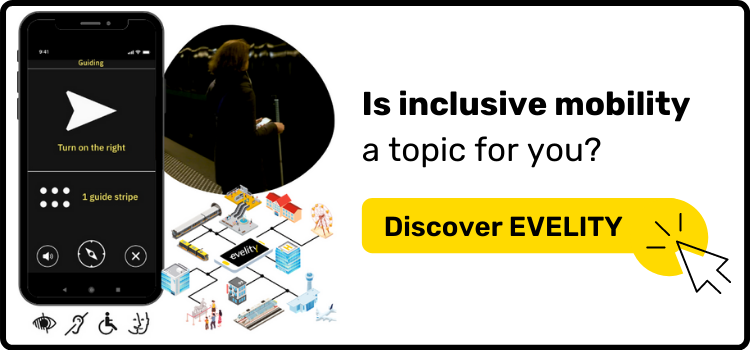

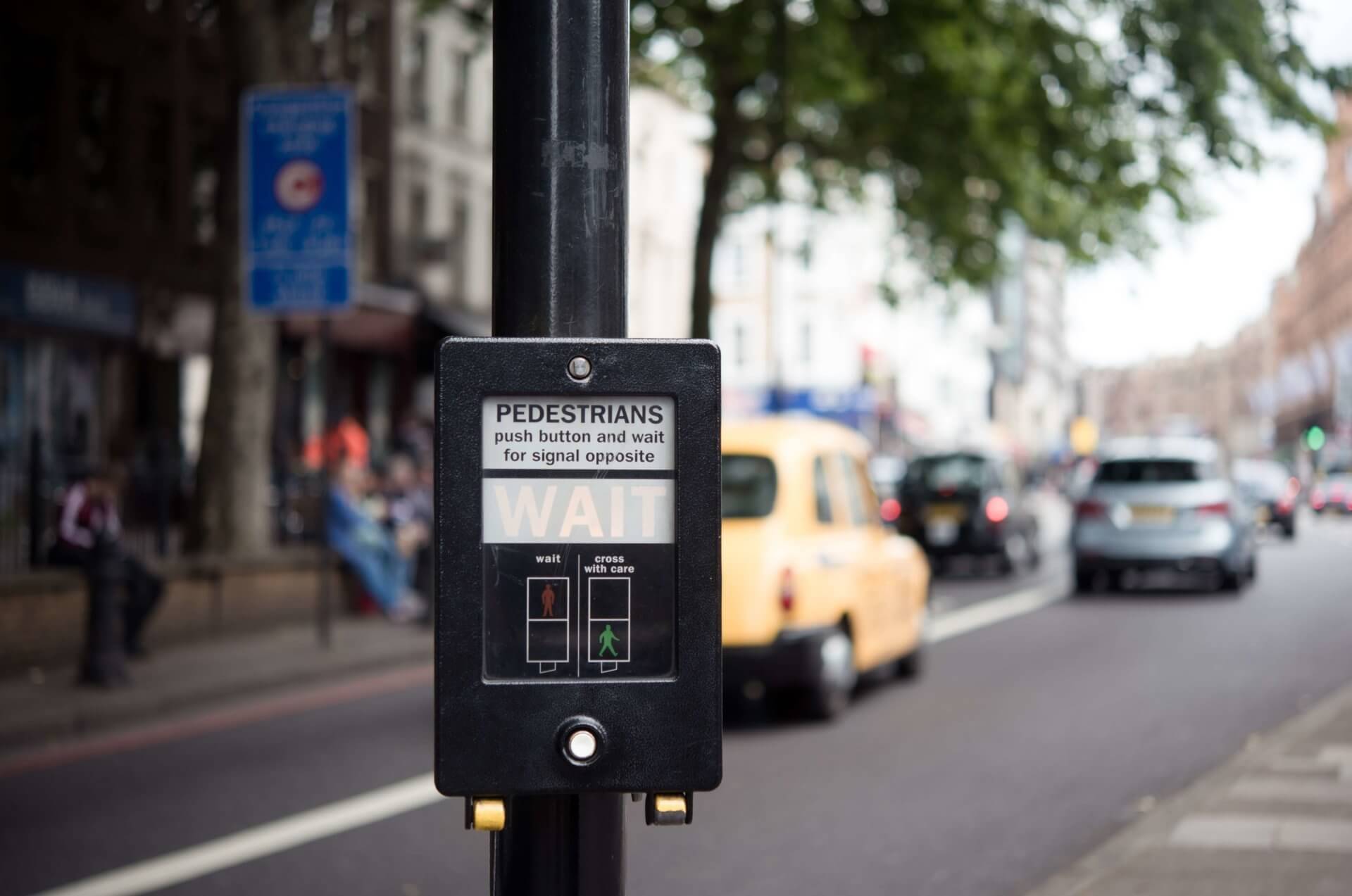
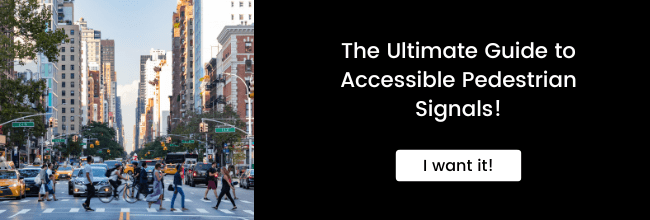




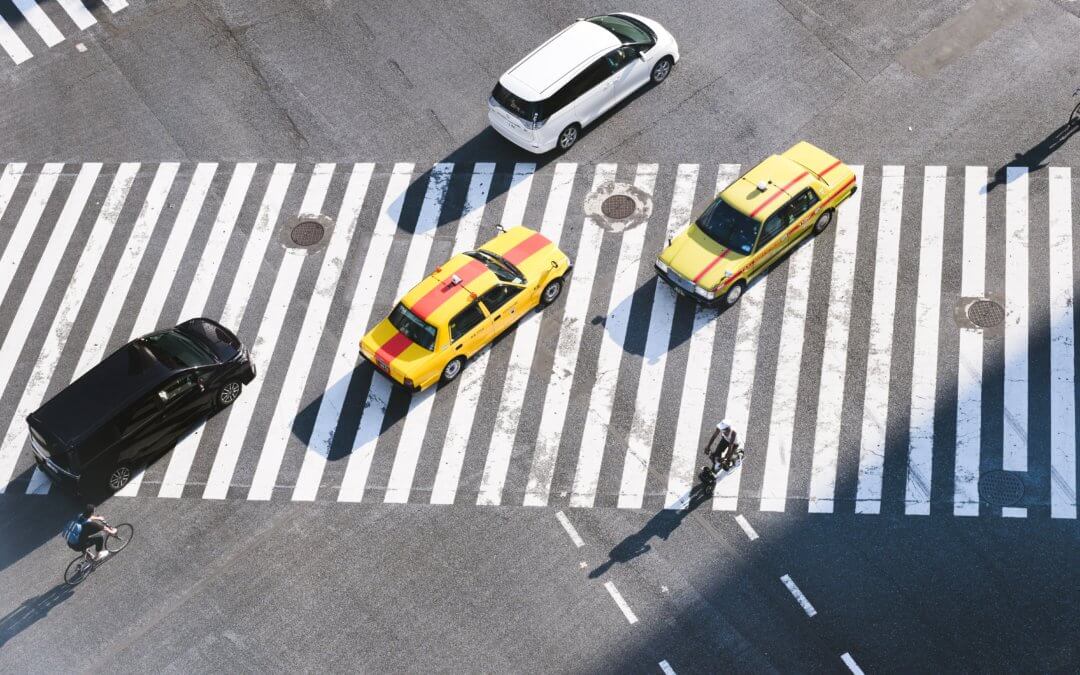
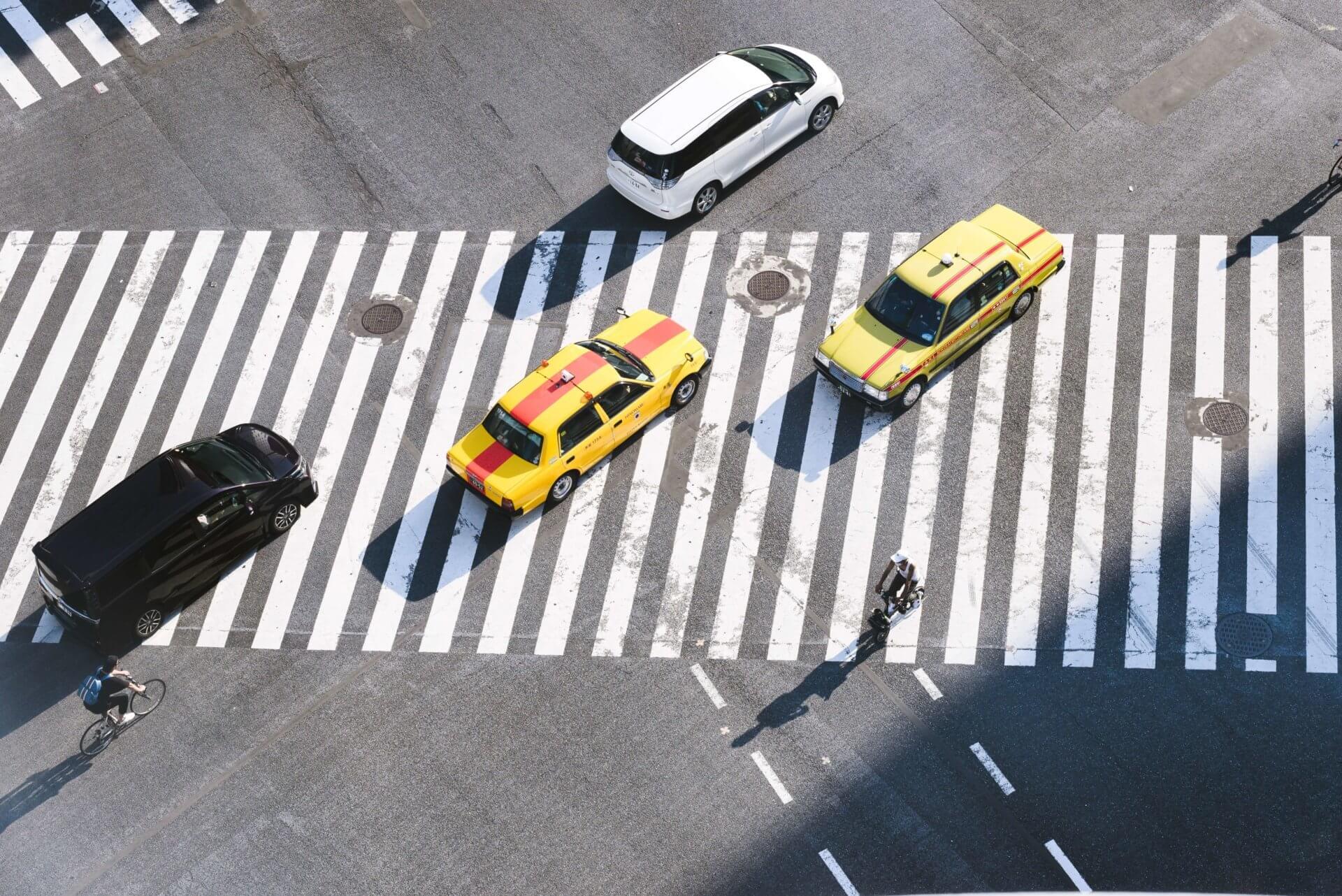
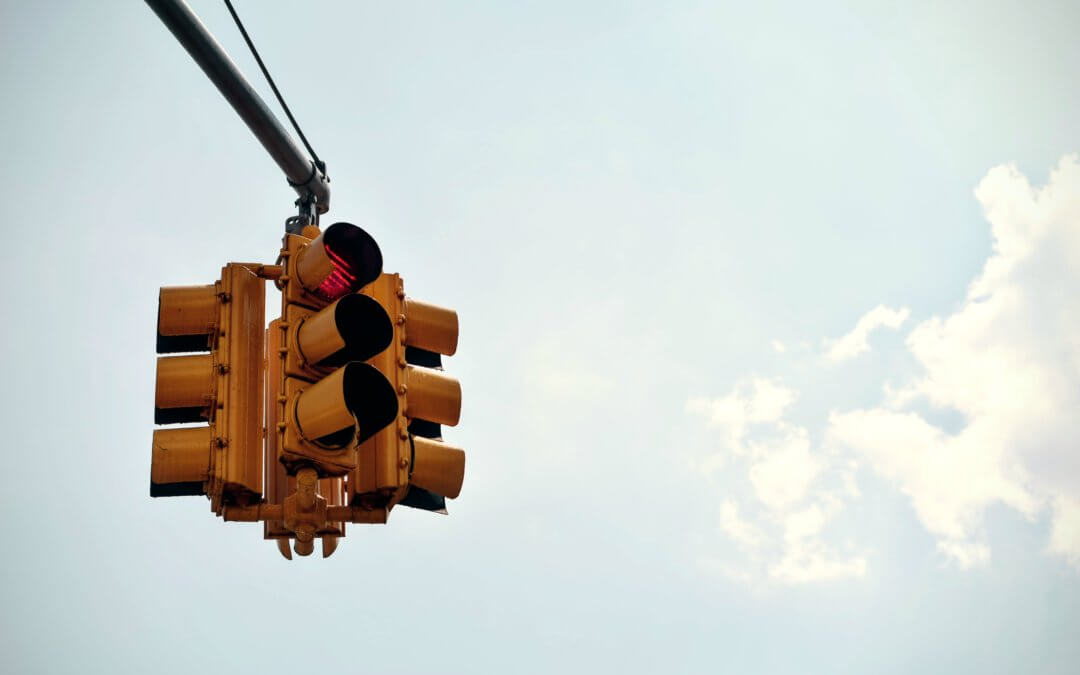
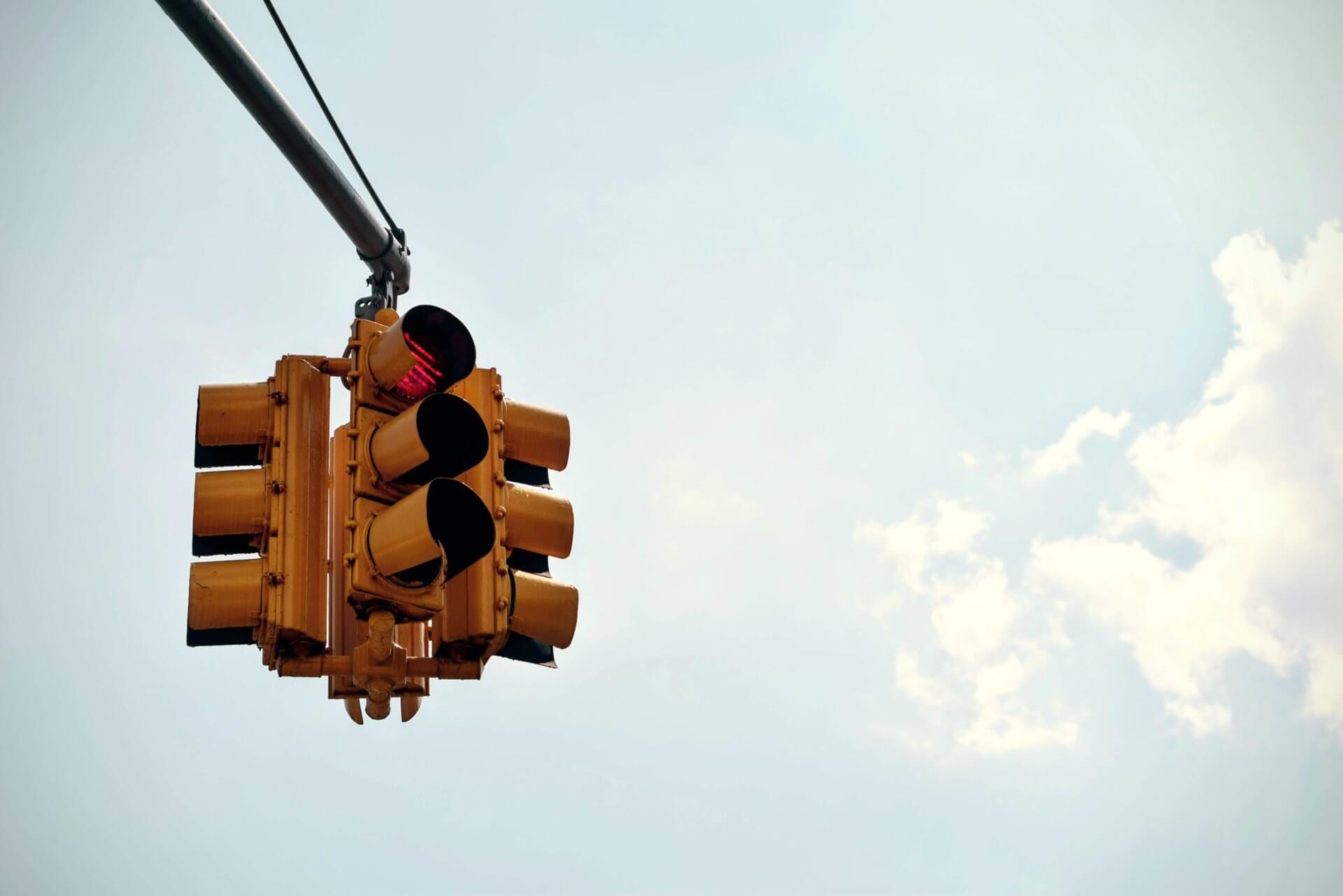
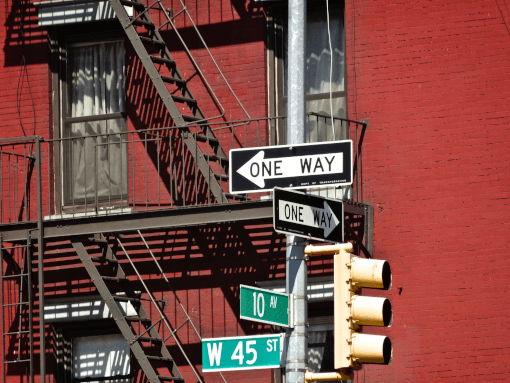

Recent Comments